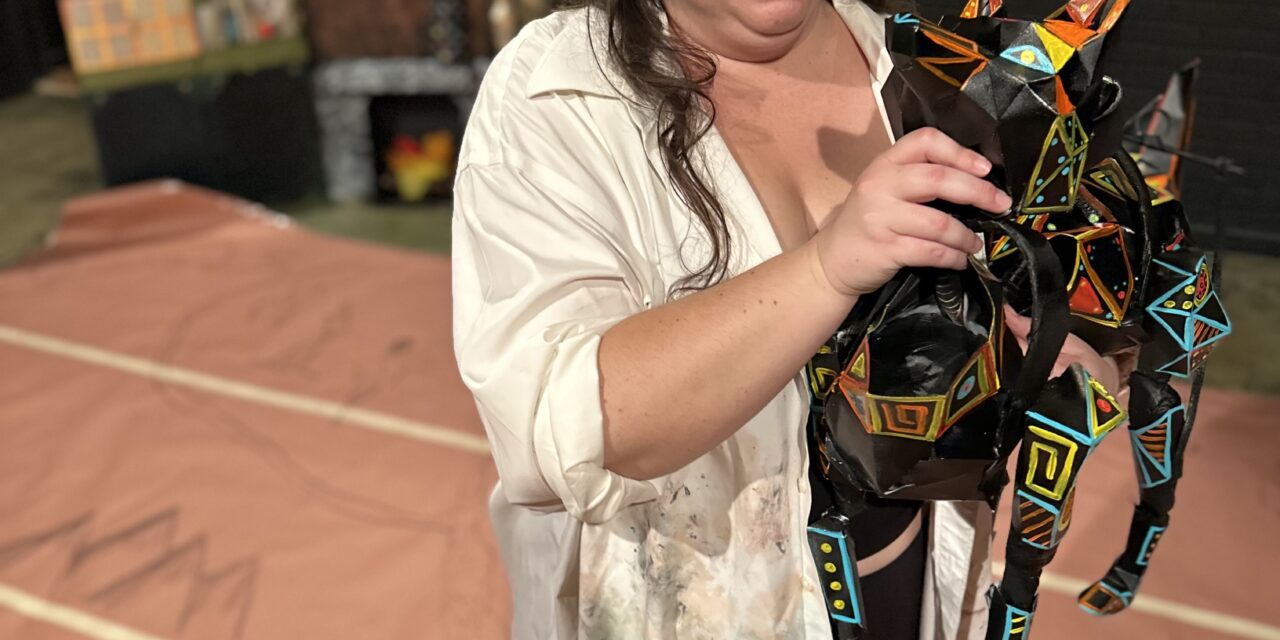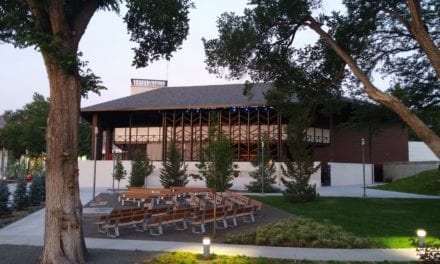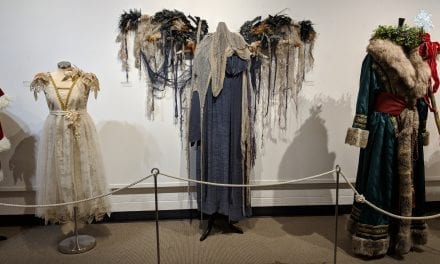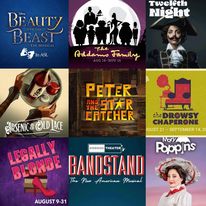EDINBURGH, SCOTLAND — As part of my own growth as a professional, about two years ago I discovered the field of Drama Therapy and the Drama Therapy Institute of Los Angeles. Part of my experience here at the festival is taking a course on Narradrama, a theory founded by Pam Dunne. One of my fellow students that I met a year ago, Cassandra Ambre, has been working with the process of Narradrama as a three act play, and she has been kind enough to invite me to be a small part in the process.
Of course, since I have a bit part in her play, Dissent, this is not a review, but a back stage look at both drama therapy and taking a show to Fringe. In fact, as Ambe says on her slide before the show starts, this show shares raw, therapeutic material. It is not meant to be critiqued or compared. Nor does it intend to compete for artistic excellence.
Ambe had brought a small troupe of professional actors from Los Angeles where she had entered into the Los Angeles Fringe Festival, and included four of us non-professional in terms of acting, however at a variety of levels in drama therapy and human service or mental health practice. Narradrama is a process of narrative therapy, founded by Michael White, drama and performance, meant to bring healing and understanding.
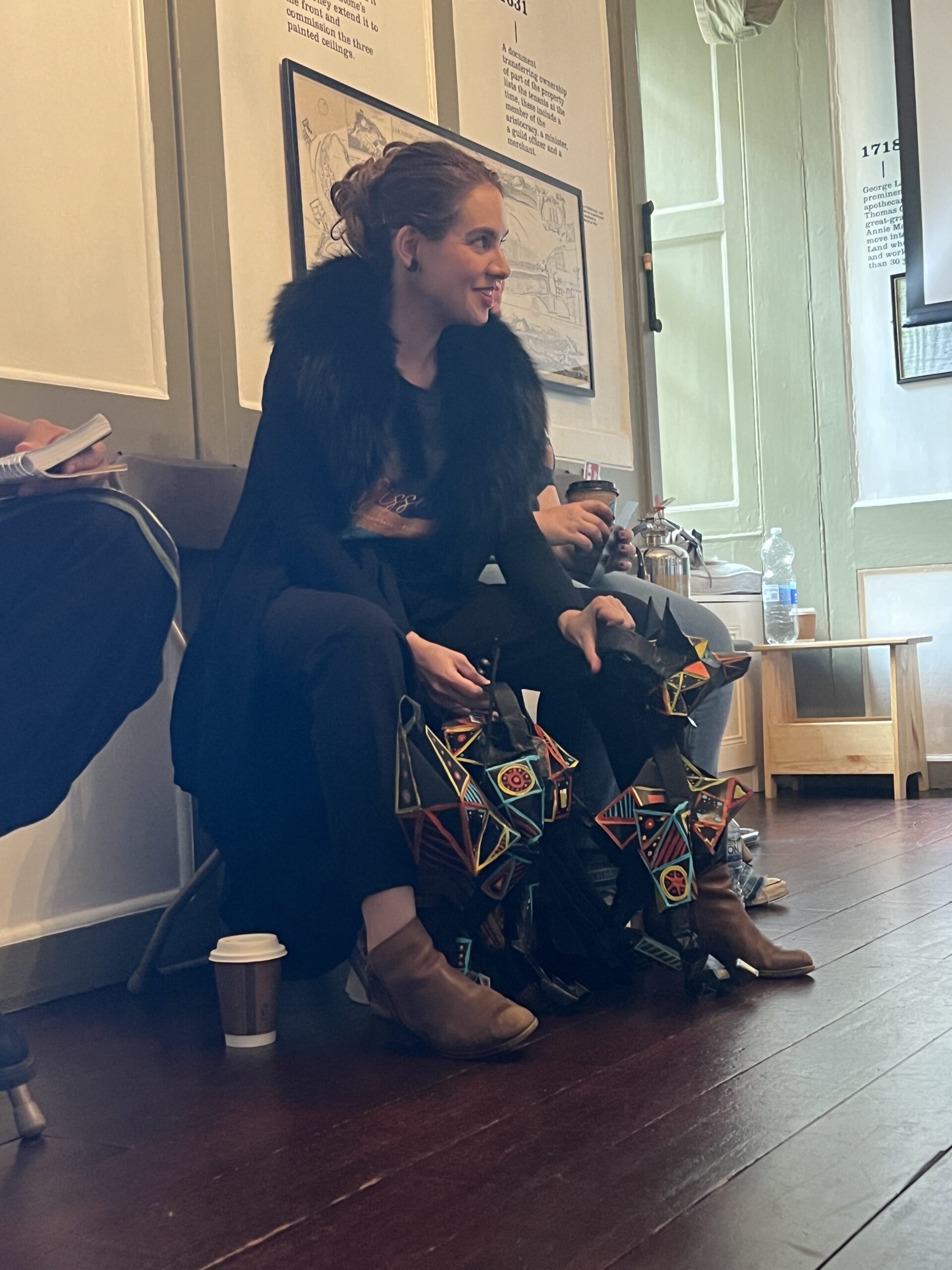
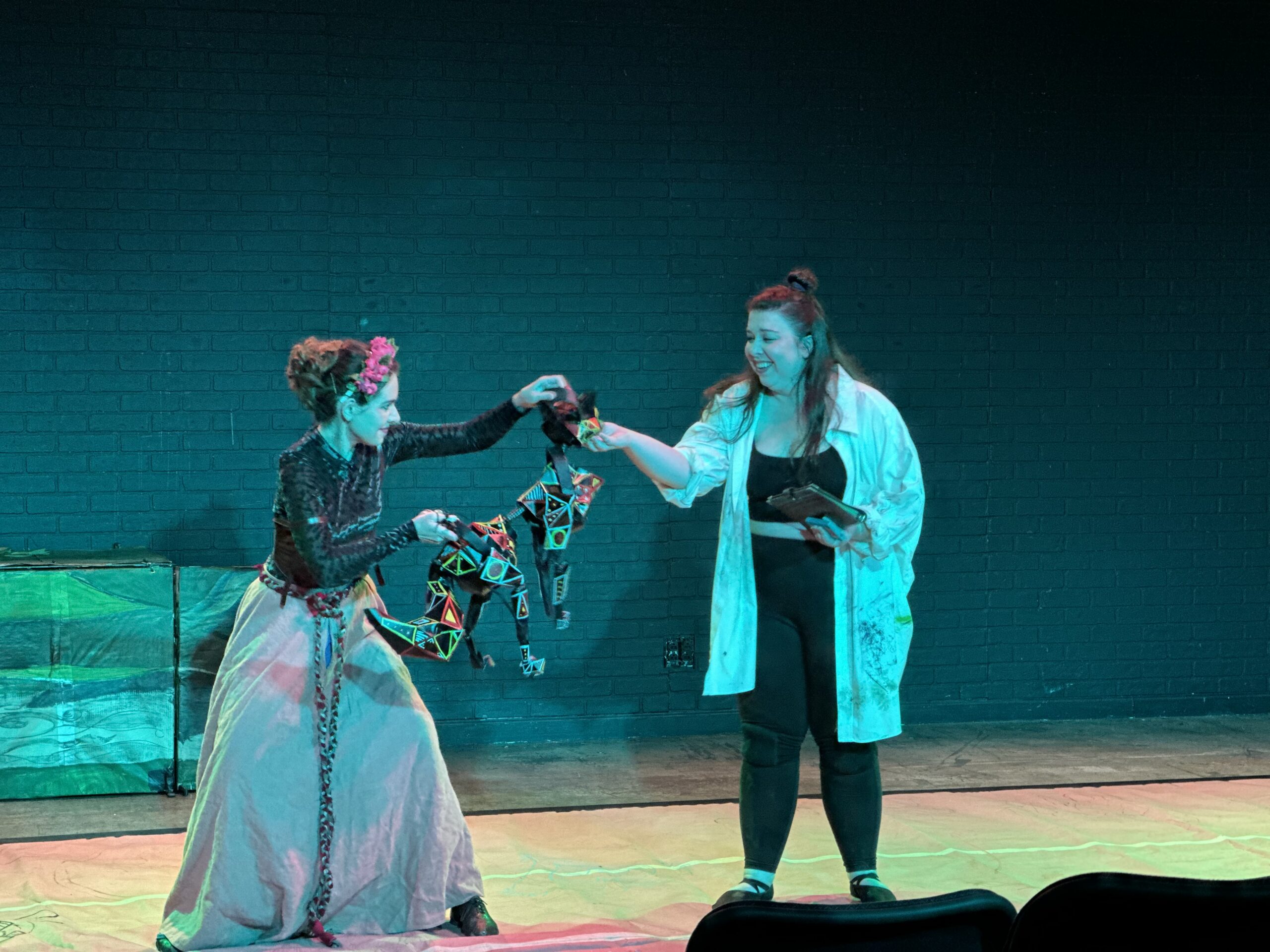
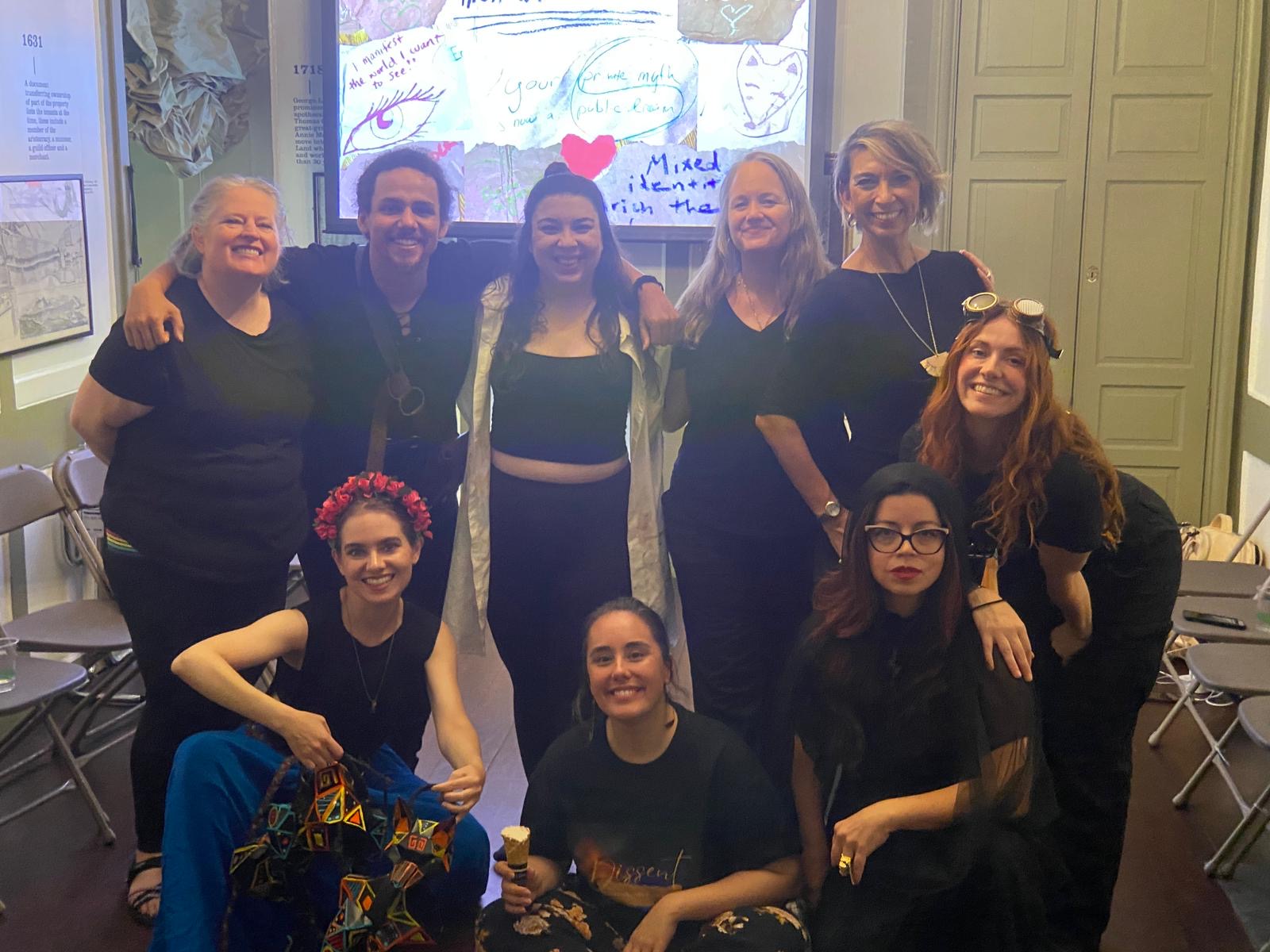
Those who know me have known that watching theatre has always been my self-care, and my few and far between performances have been full of fear and self-doubt. The welcoming space of a drama therapy performance, that allows for improv and acceptance was a wonderful experience.
Performing in the Edinburgh Fringe was fascinating indeed. One of the tenants of their festival is they welcome anyone who has a story to tell and can find a space. Our space was Gladstone’s Land, which as a history and travel lover, I was in heaven. This build, built in the 1500s as a tenement and merchant shop, has been restored as a working museum and ice cream/coffee shop on the main floor. We performed in one of the museum spaces among the artifacts of daily life in Scotland circa 1600. Because I had asked my own father to give me a list of the four clans I come from who lived on this very land at that time, performing here was emotionally surreal.
We had this space to tell our story two times on the evening of August 6th with an hour in between. Our space only fit about 20 audience members, which is quite common in the fringe. Each show is in charge of finding its own audience which often means going out in the square in between shows and calling out for people to come and witness your production.
We were pleasantly surprised to have all seats full for our first performance, and a decent audience for our second. We were also pleased to pull off coherent shows when we only rehearsed a few times.
Drama Therapy is emotionally and messy and as a full cast we only knew each other for 48 hours, had two full rehearsals, and only did one full run through. Ambre did a kickstarter to pay for her entrance to the LA Fringe and make sure that her actors that were not a part of the drama therapy process were paid appropriately. The Edinburgh Fringe Fee was part of the Drama Therapy Course.
Dissent follows the story of Satya, played by Melissa Ortiz, as she goes through the process and struggle of deconstructing in a fairytale, mythical fashion. It included puppetry by Bethany Kouliaz and other roles by Mateo Mpinduzi-Mott, the professional acting team from LA. They were joined by Ash Felkner, an actress and Masters Degree holding performer from London to fill out the professional team. They welcomed myself, a PhD mental health therapist and drama therapist in training, and three others from my course, Lillian Ribeiro, a registered drama therapist, Lynn Baker-Nauman, also a registered drama therapist, and Alicia Menanteau, PhD, sociologist and market research practitioner. Being a part of the process, working as an amatuer actor and and professional therapist in the mental healing work of performing was truly magical. The mix of professional actors and mental health practitioners going through the process of using storytelling as healing taught me personally a lot about why we continue to tell stories and why theatre and the arts remain an important medium for a healthy community.

